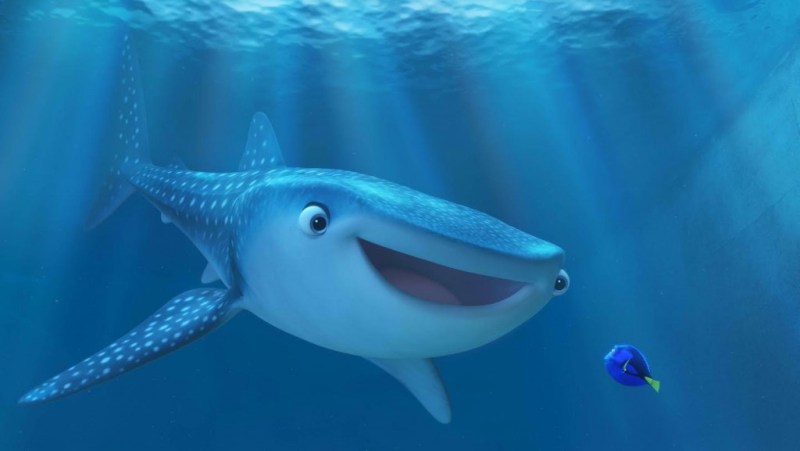The butanding, known for its gentle nature, is now an endangered species.
The International Union for Conservation of Nature (IUCN), the world’s largest and most diverse environmental network, included the butanding, also known as whale shark, as endangered in a recently-released report.
“Endangered” is the second most severe conservation status, after “critically endangered.
“
According to the IUCN, the “numbers of whale sharks (Rhincodon typus), the world’s largest living fish, have more than halved over the last 75 years as these slow-moving sharks continue to be fished and killed by ship propellers.”
Even if countries like the Philippines, Taiwan, and India are taking measures to protect the butanding, fishermen in Southern China and Oman continue to catch them. Those catching tuna also catch the butanding, as the two fishes travel together.
“It is alarming to see such emblematic species slide towards extinction,” says Jane Smart, Director of IUCN’s Global Species Programme. “These new IUCN Red List assessments emphasise how urgent it is for the conservation community to act strategically to protect our planet’s incredible diversity of life. The world’s oceans and forests will only continue to provide us with food and other benefits if we preserve their capacity to do so.”
The whale shark is considered as the world’s largest fish, spanning nine meters in length. Despite their size, the opening to their stomach is very small, which means they can only eat plankton. It is one of the icons in the Philippines, and is included in the P100 bill. In 2004, Time magazine ranked the Donsol experience as the best animal encounter in Asia.
The butanding visits the Philippines in December and January, when the warm streams bring plankton to the shore. Because of their regular visits to Donsol in Sorsogon, local fishermen hunted them, which diminished its population. Later on, the World Wildlife Fund (WWF) taught them responsible whale shark tourism, which allowed tourists to watch without harming them.
What should we do to protect them? Share your thoughts below!
Follow @When in Manila Koji for more stories like this!





